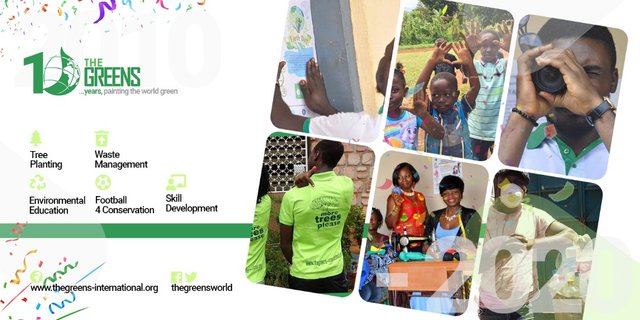Did you know 22nd of May 2021 is the International Day for Biological Diversity?
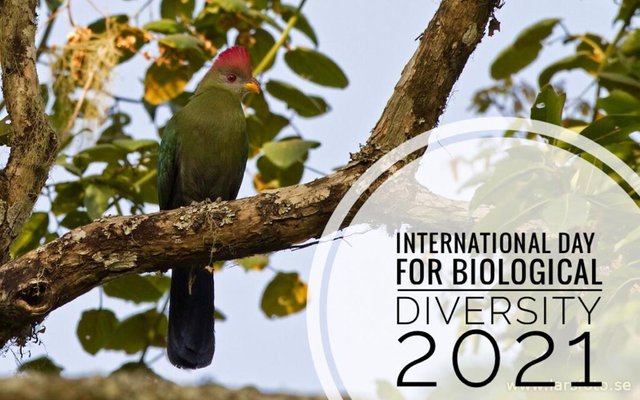
“As we encroach on nature and deplete vital habitats, increasing numbers of species are at risks. That includes humanity and the future we want” – UN secretary General, Antonio Guterres.
One thing is certain, despite our technological advancement, we are still dependent on a healthy and vibrant ecosystem for our water, food, medicines, clothes, fuel, shelter, energy, security just to name a few. The vulnerable populations of the world depend completely on nature for their livelihood.
The slogan “We’re part of the solution” was chosen to be a continuation of the momentum generated last year under the over-arching theme, “our solutions are in nature”, which serve as a reminder that biodiversity remains the answer to several sustainable development challenges.
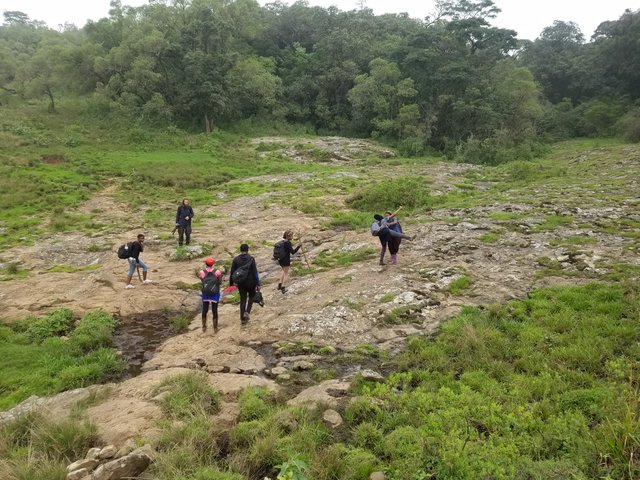
Cameroon is among the top ten countries in Africa for biodiversity. The Bamenda Highlands forms a physically distinct region in the Cameroon Mountains, with many species that are unique to this region. Approximately 120 endemic plant species and rare woods, such as Arundinaria alpina grow here. Eleven small mammal species such as the Mount Oku Mouse are considered strictly endemic to Bamenda Highlands whereas large mammals such as the Nigerian-Cameroon Chimpanzee (Pan troglodytes ssp. elioti) which is critically endangered on the IUCN Redlist is also endemic to the ecoregion.
The area is extremely rich in bird life, with a total of 36 species endemic to the Cameroon Mountains and a total of 2 bird species strictly endemic to the Bamenda Highlands (Tauraco bannermani and Platysteira laticincta). Very high levels of endemism are observed among amphibians, with nearly 40 species as strict endemics. Nine species of reptile are considered narrow endemics with Some 950 species of butterflies as well as unique endangered and endemic flora (Newtonia camerunensis, Prunus africana) occur in the ecoregion.
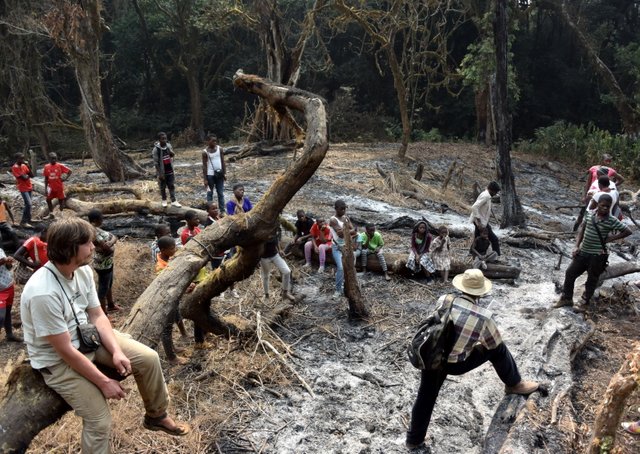
However, the rich biodiversity of the Bamenda Highlands is under threat from human pressure. Human population densities here are among the highest in the North West Region. This population growth poses a serious threat to the rich biodiversity of the Bamenda Highlands forests; consequently urbanization and conversion of forests for pasture and agriculture has been dramatic and widespread. Bush fires, illegal logging and poaching are random. Poor waste management, the introduction of invasive alien species, pollution have made the situation worst. These have greatly threatened the trees, animals, water catchments as well as the livelihood of the human communities around the forests. It has also caused the landscape to change considerably over the last century with just a few fragmented forests remaining that hold remnants of their previous flora and fauna assemblages.
The Bamenda Highlands contain the largest remaining patches of Afromontane forest in Central Africa, consisting of a mosaic of mixed gallery forest, rafia forests, and savannah grasslands with some of the highest levels of endemism.
Biodiversity Hotspots in the North West Region
Some biodiversity hotspots in the North West Region of Cameroon include;
- Kilum-Ijim mountain forest located in Oku and Belo of Bui and Boyo Divisions
- Kagwene Gorilla Sanctuary located in Njikwa of Momo Division
- Kimbi-Fungom National Park located in Fungom, Fonfuka, Misaje of Menchum, Boyo and Dong- Mantung Divisions
- Kom-Wum Forest Reserve located in Fundong, Wum of Boyo and Menchum Divisions
- Ako-Mbembe Forest Reserve located in Ako of Donga – Matung Division
- Mbi Crater game reserve located in Belo of Boyo Division
- Tubah Upland Forest in Tubah Sub Division of Mezam Division
- Njinsing Forest of Tabenken in Donga-Mantung Division
- Bafut-Ngemba Forest Reserve located in Santa, Bamenda I, Tubah, Bamenda III Sub Divisions of Mezam Division
- Bali-Ngemba Forest reserve
- Wetlands such as the Ndop flood plains, Lakes Oku, Awing, Nyos, etc
- Rivers such as River Mezam, Menchum, etc

The Theme of the Year 2021 and it’s importance

The slogan “We’re part of the solution” is the theme for the 2021 International Biological Diversity Day. The importance of the day is to create awareness on the issues of biodiversity, the factors accelerating biodiversity loss and how we can bring solutions. This day reechoes human responsibility as custodians of the planet earth: Genesis 2:15 “And the Lord God took the man and put him into the Garden of Eden to dress it and to keep it” (KJV of the Bible).
Cameroon and Biodiversity Conservation
Cameroon is a signatory to the Convention on Biological Diversity; this convention is the only instrument comprehensively addressing biological diversity. The Nagoya protocol on Access to Genetic Resources and the Fair and Equitable Sharing of Benefits Arising from their Utilization to the CBD was adopted at COP10 on 29 October 2010 and Cameroon is a signatory.
There are focal points to these conventions at the Ministry of Environment, Protection of Nature and Sustainable Development (MINEPDED) for implementation. Cameroon through the Ministry of Environment has developed strategic action plans for their implementation.
The Ministry of Forestry and Wildlife is doing a lot to protect the forest reserves, national parks, sanctuaries in Cameroon. The creation of Zoological and Botanical gardens are all efforts of the state to conserve and preserve our biodiversity.
On another note, the government had enacted laws such as the 1996 Environmental Law and the 1994 Forestry, Wildlife and Fisheries Law to regulate the activities in biodiversity section. Government action with respect to biodiversity conservation superb at the level of texts but very slow at the level of implementation.
The Greens and Biodiversity Conservation
Biodiversity conservation education and action is one of @thegreens principal objectives. Since 2010, @thegreens has been educating, advocating and taking actions to protect biodiversity in the North West Region of Cameroon. Some of her major biodiversity conservation actions include football for nature, tree planting, hikes and nights in the forests, environmental arts, environmental music, school environmental clubs, etc
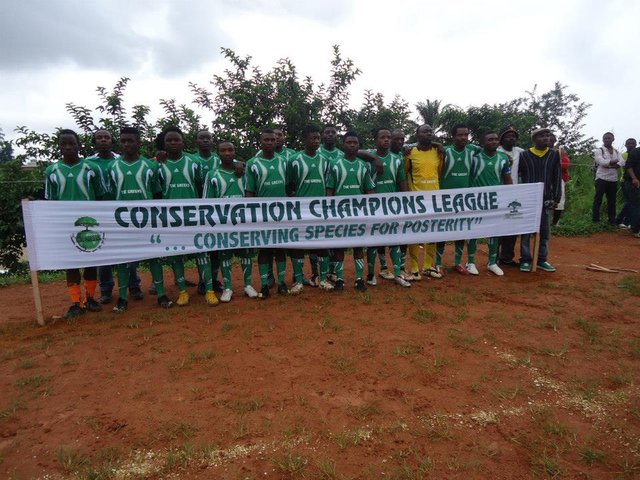
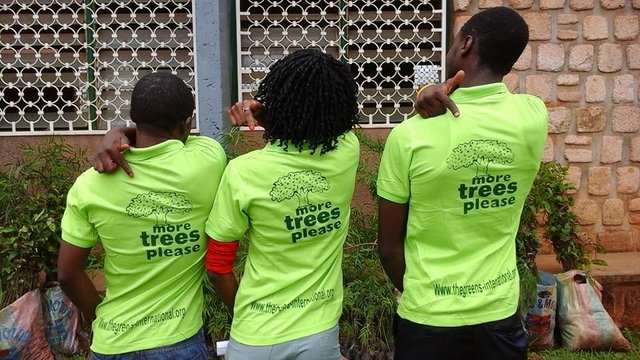
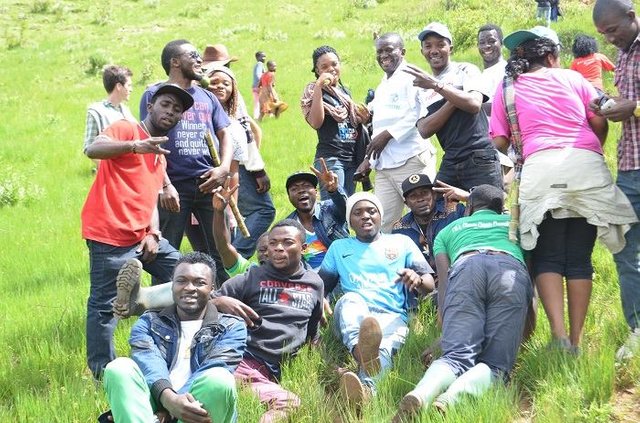
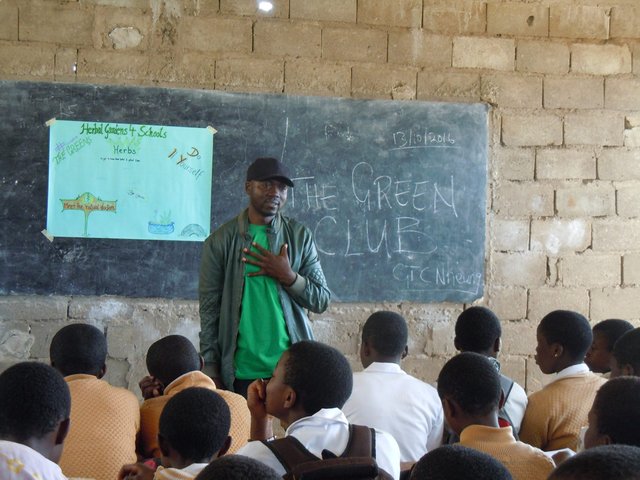
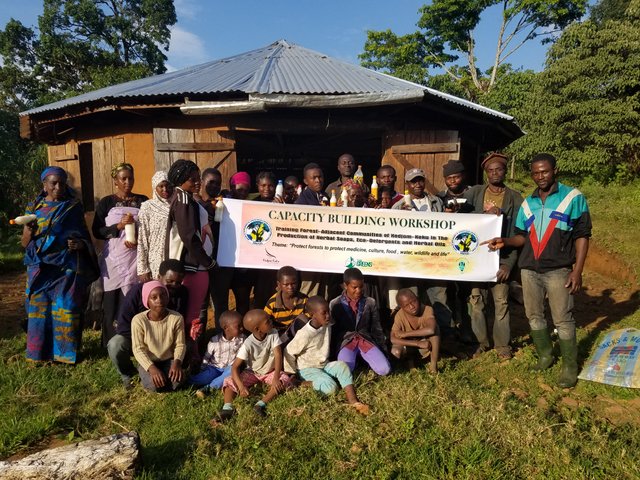
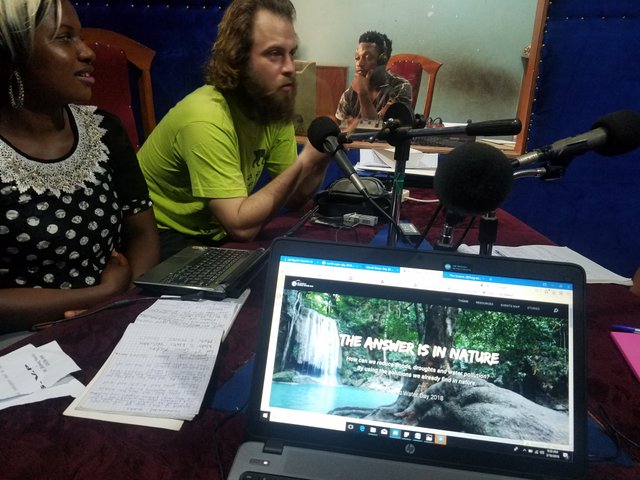
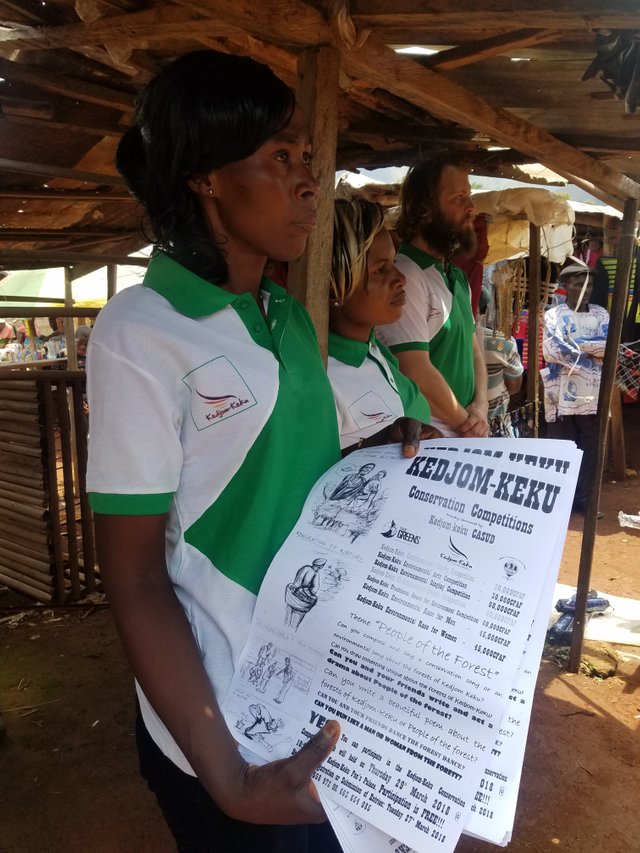
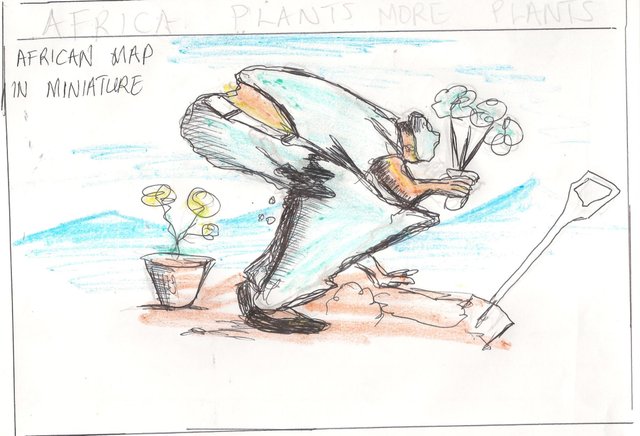
These are just a few of our biodiversity conservation efforts with the biggest being the Kedjom-Keku Community Forest Project wherein we have acquired 1000ha of afromontane forest for effective conservation.
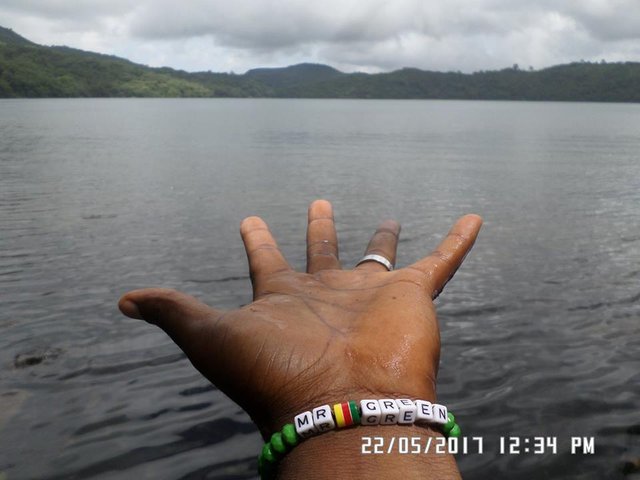
Solutions to Biodiversity Conservation
- Awareness raising and education about biodiversity
- Stopping bush fires and unsustainable farming practices
- Sustainable use of biodiversity by the different industries such as medical construction, etc
- Effective waste management
- Tree planting
- Reduction of Greenhouse Gas emissions
- Stop encroachment of wetlands and reserves
- Provision of alternative sources of income/livelihood to inhabitants within biodiversity hotspots
- Synergy amongst stakeholders in the biodiversity/environmental sector
- Implementation of the laws both international (CBD) and national (1996,environemental law, 1994 Forestry, wildlife and fisheries, Traditional/native laws)
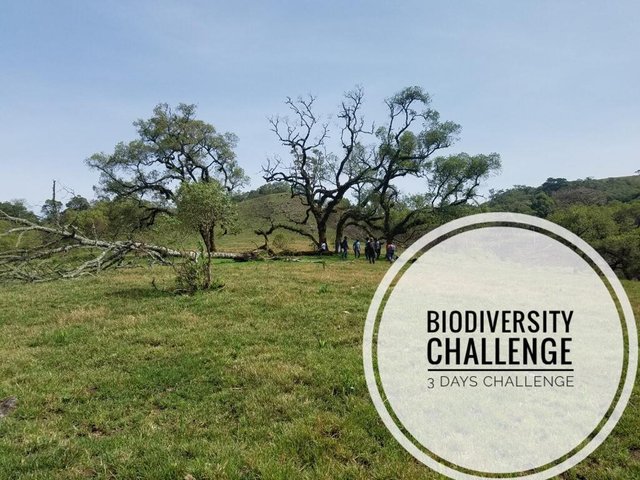
Later today, @thegreens will be launching the Biodiversity Challenge; a 3 days Challenge for Steemians to raise awareness and take action for biodiversity conservation.

The Greens is a grassroots environmental organization that strives to educate, inspire and engage young people to take action to combat climate change and be at the forefront of biodiversity conservation and waste management.
